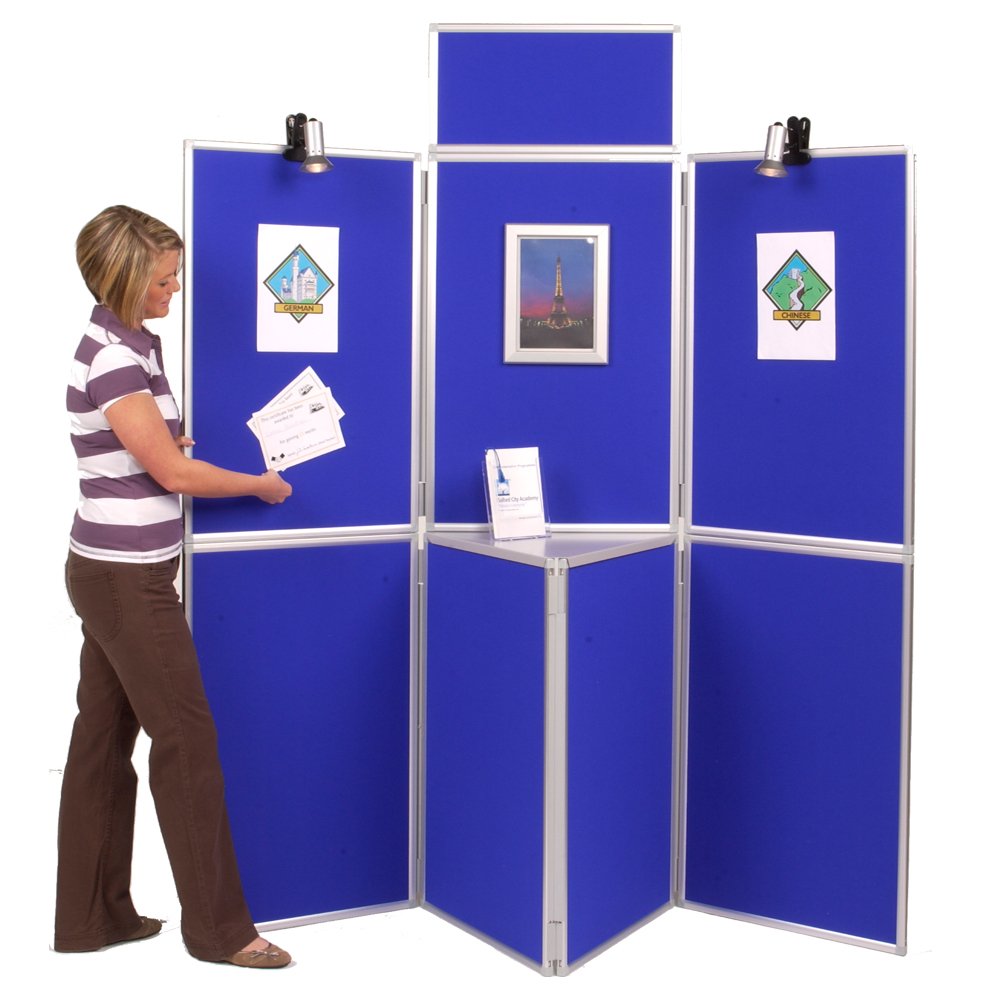Get a tradeshow right and it can represent a goldmine of near-unparalleled proportions for any business. In a single day, it’s perfectly possible to massively expand your reach to a new and potentially lucrative audience of dozens, hundreds or even thousands. And if/when these new clients go out and tell their friends about you, and they tell their friends, you’re looking at the kind of marketing push little else can bring.
Of course, making this happen isn’t always as easy as any given business would like it to be and for one very obvious reason – you’re competing with a ton of other businesses for the same clients. If, for example, you’re standing a wedding fair, chances are you aren’t the only stand trying to push catering services, dress-making or general wedding planning. As such, the key to success lies not necessarily in the brilliance of the business in question, but how well it comes across at the trade show.
It’s amazing how much power a few simple banners and posters can have – it’s just a case of knowing how to stand out for the right reasons.
It’s All About…Who?
Right off the bat, if you focus most of your media on you, your brand or your products and basically tell the world how amazing you are, you’re wasting your time. By contrast, if you use all such media to reach out to your target audience and tell them how you and you alone can make their lives easier, cheaper and generally brilliant in every way, they’ll be putty in your hands. Yes, you’re at the show for the benefit of your business, but you have to make it appear that you are in fact only there for the good people you’d like to serve. In this instance, it most certainly is NOT all about you.
Bigger Isn’t Better
There’s always the temptation to use the posters and banners you bring along to tell pretty much the entire story of your brand, communicate your product arsenal in its entirety and generally say all there is to say about you and what it is you do. Sadly, given the fact that most of those in attendance won’t intend to spend more than a few minutes at each stand they deem worthy of a visit, too much information is a big no-no. Instead, it’s better to gun for concise and limited content that gets across enough information to capture their interests and to focus exclusively on the most important stuff of all.
It’s Not Always Right to Go Bright
One common and undeniably effective method of grabbing the attention of passers-by is to use all manner of bright and flashy visuals. Sadly though, unless you’re selling toys for little girls or something along similar lines, bright pink neon and sparkles won’t do your brand’s reputation any good at all. It’s important to find a way of making sure your stand gets noticed and entices people over, but not at the expense of diluting your professionalism or clashing with what it is you actually do.
A Marvellous Mix of Media
Regardless of what type of advertising media you use, your target audience members will soon get bored of it. They won’t bother watching video clips more than a few seconds long, posters lose their appeal very quickly and as for reams of text that go on and on, chances are they won’t read past line-three. The answer therefore is to gun for a mix of all the different kinds of media that are appropriate and accessible for what it is that you do as a business. Make a marvellous mixture of text, visuals and your own personal input and you’re guaranteed a more captivating and effective result.
Don’t Be Coy
Last but not least, it’s common for those designing trade show display stands and signage to invest huge efforts in coming up with witty and clever slogans, catchphrases and headers that can go one of two ways. If a joke or funny play on words hits home with the intended audience, it can work a treat. By contrast, if it doesn’t hit the nail on the head, it can do massive damage to the brand’s reputation, or simply guarantee little to no interest in what the brand has to say. Yes, it’s important not to be boring, but at the same time it’s even more important to get the message across without being coy or cryptic.
